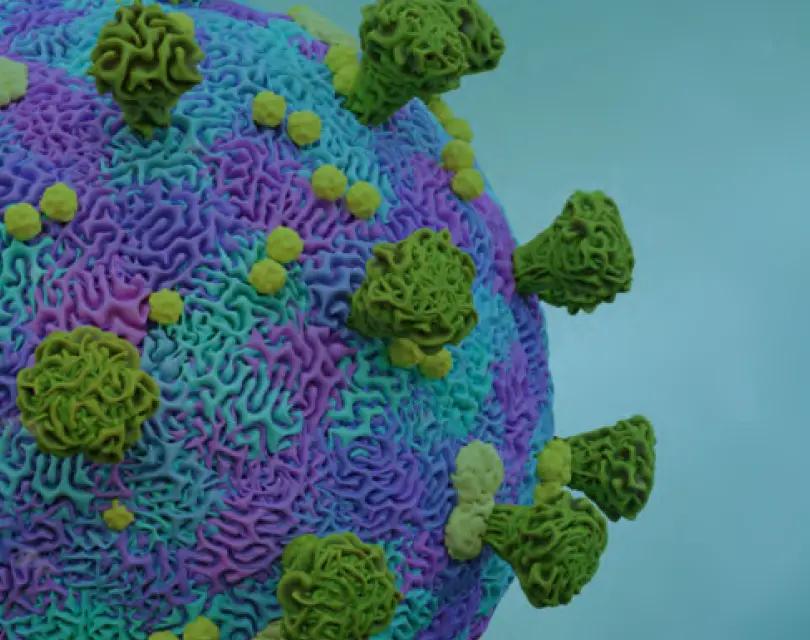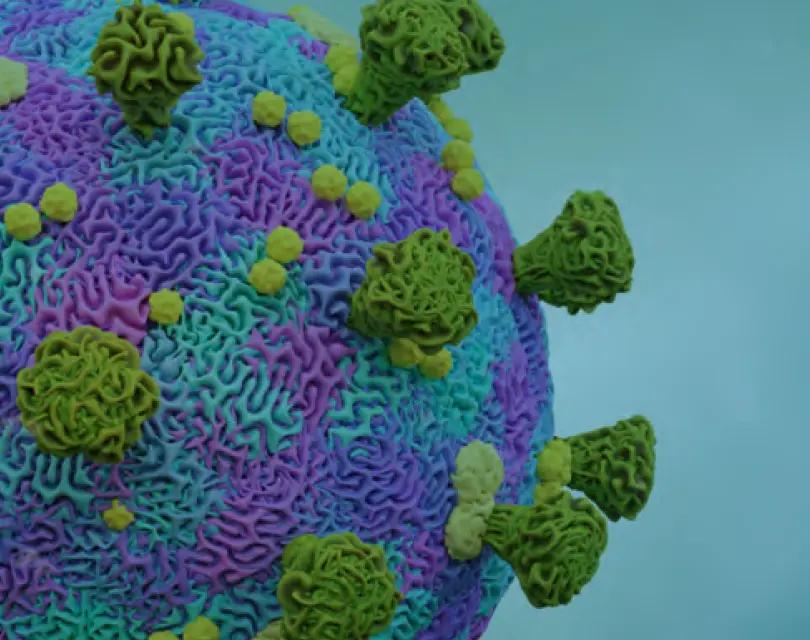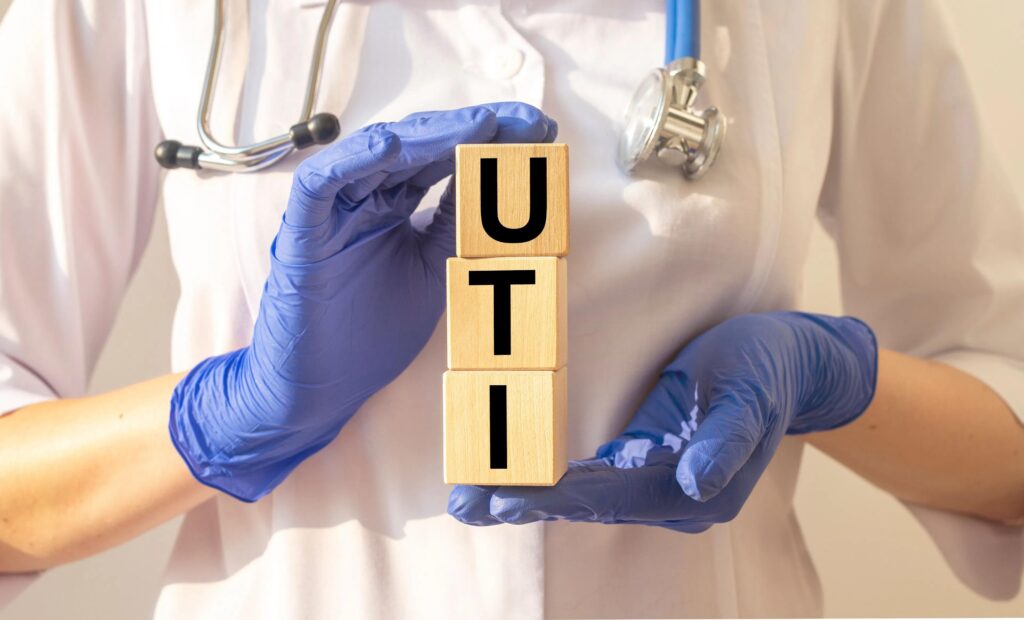
Like so many things during this pandemic, COVID-19 rebound was a new aspect of response and care that required us to rapidly collect data and adequately respond. The Centers for Disease Control and Prevention (CDC) describes rebound as a recurrence of symptoms following a person’s recovery from their acute COVID-19 infection.
Not surprisingly, the recurrence of symptoms and risk for transmission, caused concern for both public health and healthcare pandemic response, ultimately begging larger questions about how we manage infectious diseases.
The CDC released a health advisory alert in mid-2022 to describe rebound in patients who had completed the 5-day course of treatment for nirmatrelvir/ritonavir. Later, a randomized control study of these medications was performed, in which the FDA reported that there was not consistent association between treatment and rebound, meaning that it could occur in those who did not receive treatment.
The potential for rebound following treatments with antivirals though, is still a question we’re working to understand. A new article in JAMA Network Open, addresses this very issue by utilizing a randomized clinical trial to assess COVID-19 rebound after VV116 versus nirmatrelvir-retonavir treatment.
What You Need to Know
This phenomenon has raised concerns regarding the management of infectious diseases and the risk of transmission, prompting healthcare organizations and researchers to investigate its causes and implications.
A randomized clinical trial conducted in Shanghai, China, compared the efficacy of two antiviral treatments, VV116 and nirmatrelvir-ritonavir, in adult patients with mild-to-moderate COVID-19.
The study’s findings underscore the importance of understanding the prevalence of rebound following antiviral treatments for COVID-19.
The study took place in Shanghai, China, within a single-center, comparing adult patients with mild-to-moderate COVID-19, enrolled within five days of their infection between December 20, 2022 and January 19, 2023. Participants received five-day treatments of either VV116 (600mg oral tablets every 12 hours on day 1 and 300mg every 12 hours through day 5) or nirmatrelvir-ritonavir (300mg nirmatrelvir plus 100mg ritonavir every 12 hours for the 5 days of treatment), and were followed up every other day for the first 28 days and then weekly until 60 days had passed. Results were measured through viral load rebound (VLR), reduction in the cycle threshold values of 1.5 or more, time until VLR, and symptom rebound.
The authors reported that “The full analysis set included 345 participants (mean [SD] age, 53.2 [16.8] years; 175 [50.7%] were men) who received VV116 (n = 165) or nirmatrelvir-ritonavir (n = 180). Viral load rebound occurred in 33 patients (20.0%) in the VV116 group and 39 patients (21.7%) in the nirmatrelvir-ritonavir group (P = .70). Symptom rebound occurred in 41 of 160 patients (25.6%) in the VV116 group and 40 of 163 patients (24.5%) in the nirmatrelvir-ritonavir group (P = .82). Viral whole-genome sequencing of 24 rebound cases revealed the same lineage at baseline and at viral load rebound in each case.” As a result, they emphasized that VLR and symptom rebound were both common after receiving the five-day treatments (either one), with potential recommendations for not only additional evaluation, but also consideration of prolonging treatment durations.
Moving forward, clear understanding about the prevalence of rebound following such treatments will be important for not only patient communication, but antiviral treatments as a critical public health tool during viral outbreaks.
Reference
Yang Z, Xu Y, Zheng R, et al. COVID-19 Rebound After VV116 vs Nirmatrelvir-Ritonavir Treatment: A Randomized Clinical Trial. JAMA Netw Open. 2024;7(3):e241765. doi:10.1001/jamanetworkopen.2024.1765








